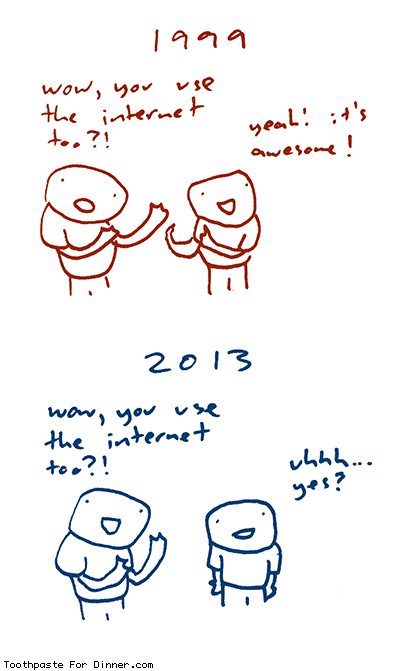Humanity and Machines
The surge to eradicate polio is on, and one polio survivor is determined to help any way she can, because “an outbreak of polio anywhere in the world is a danger everywhere.”
And while antibiotic resistant infections are on the rise, a new treatment is in the works for Hepatitis C.
Working at a university, the amount of money spent on academics versus sports is a touchy subject, especially at a big ten school. Thankfully, the Michigan Daily isn’t afraid to take it on, examining how valuable the current quarterback at U-M is for the university. (The Atlantic covered this in a longform article a couple years ago). Not only that, but the Knight Commission built a database that compares academic and sports funding across universities. U-M is listed, although my alma mater is not. Primarily public schools are available, due to the nature of the datasets. Recently a twitter bot has joined the conversation, wondering the best ways to save the humanities.
To save the humanities, we need to bring capital letters into this calm conversation.
— Save the Humanities (@SaveHumanities) December 10, 2013
A software company called Joyent takes an excellent stance on language in their code:
“it’s not the use of the gendered pronoun that’s at issue (that’s just sloppy), but rather the insistence that pronouns should in fact be gendered. To me, that insistence can only come from one place: that gender—specifically, masculinity—is inextricably linked to software, and that’s not an attitude that Joyent tolerates.”
Meanwhile, the Internet might be killing the world’s languages, although there are a number of them on Twitter. + a blog post bonus, the Smithsonian received a grant to digitize endangered languages.
If you were wondering what #euromaidan is or why people are protesting in Ukraine…
- From UPenn, “The movement to protect links to the European Union has turned into a movement to protect the right to self-esteem and human dignity.”
- From the NYT, “Another tactic here was to smother the police with something like love, as expressed during the snowstorm. “We hug them, we bring them tea, we wipe off their helmets,” said Valentina Zagurskaya, a pensioner, describing the way she interacted with the line of heavily armored young men outside the camp.”
Common excuses from government when shutting down protests revolve around how they restrict traffic, and perhaps “Traffic may be the true last refuge of governments in the hands of scoundrels.” according to the New Yorker. But it is a real question when it comes to the power that cars hold in restricting the movement of people. A traffic engineer began a movement in the late 60s to remove road signage and make village streets feel more like village streets, rather than a thoroughfare to another place. The whole Wilson Quarterly essay is great, featuring a brief discussion of how travel relates to time as well, but here is an excerpt:
“Without bumps or flashing warning signs, drivers slowed, so much so that Monderman’s radar gun couldn’t even register their speeds. Rather than clarity and segregation, he had created confusion and ambiguity. Unsure of what space belonged to them, drivers became more accommodating. Rather than give drivers a simple behavioral mandate—say, a speed limit sign or a speed bump—he had, through the new road design, subtly suggested the proper course of action. And he did something else. He used context to change behavior. He had made the main road look like a narrow lane in a village, not simply a traffic-way through some anonymous town.”
More on that next week… #
Finally, a music recommendation close to my heart. My friend put out an album over Thanksgiving that is an ambient/acoustic ode to the UP. He calls it Big North, and you can listen to it here
